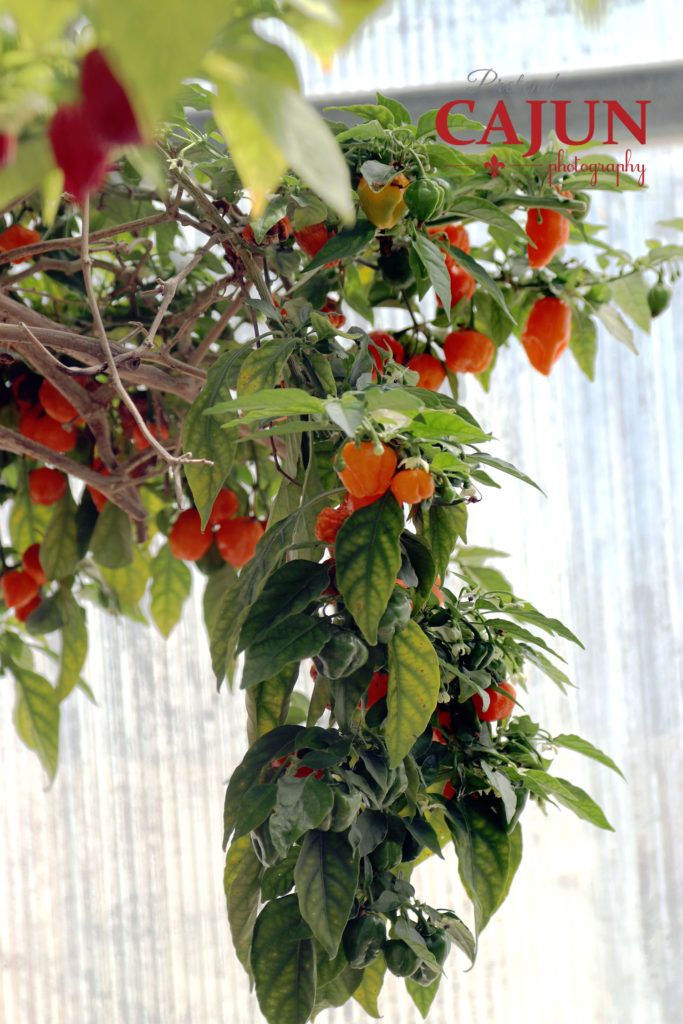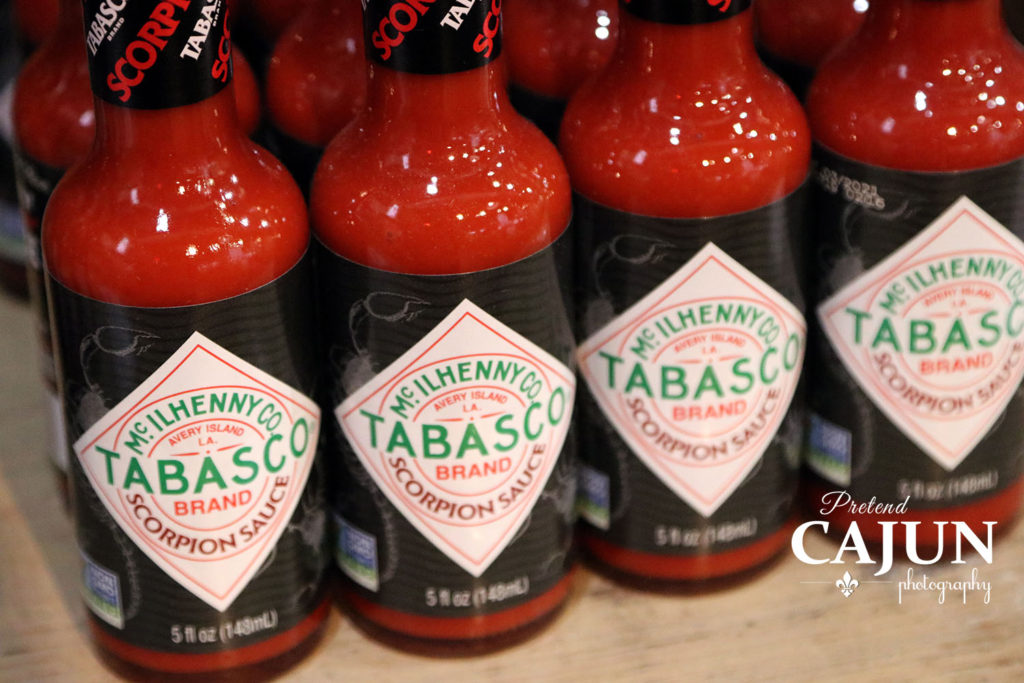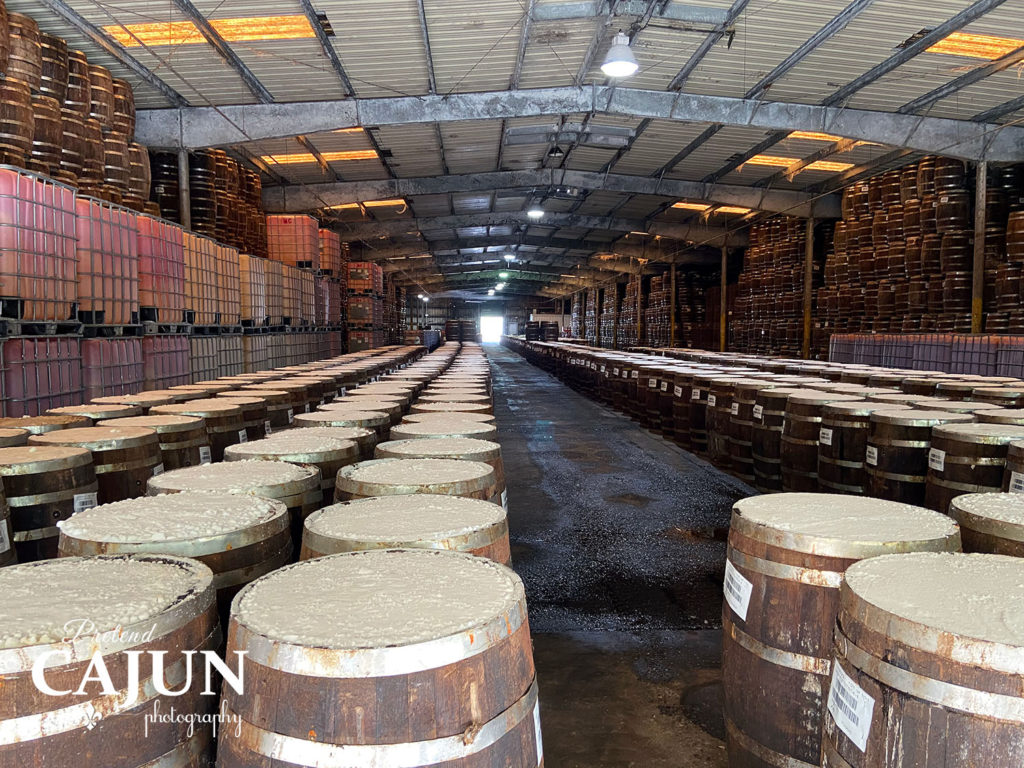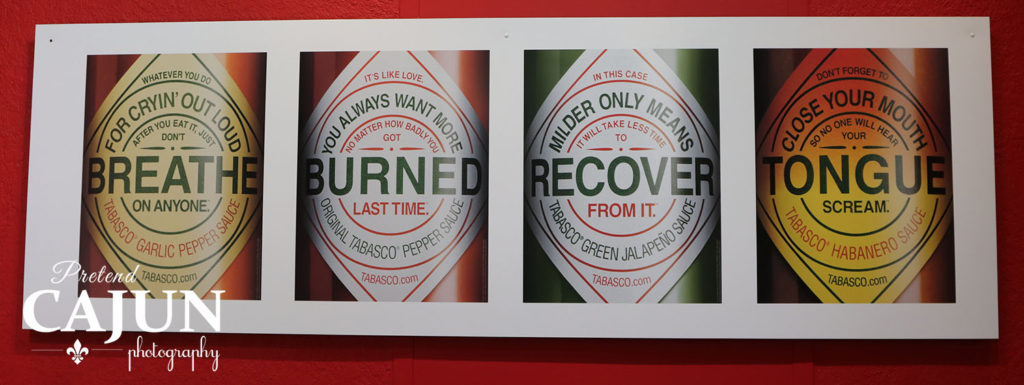For much of my life growing up when I thought of south Louisiana the images were of flat land, spicy food, alligators and how the people spoke in a language that I didn’t understand. When I first moved to the area my husband excitedly showed me around to different places that were popular in the area, and of course, from his childhood. One of the first was Avery Island. I was intrigued… there are islands here? I could understand off the coast but this wasn’t. Then he says, “Yeah, it’s where they make tabasco.” Tabasco? The bottles of stuff I see everywhere including on my dining room table! They make that on a little island in south Louisiana? You’re joking? Nope… First, it’s not that little and Tabasco is not all they do. Family, preservation, resource management, and an internationally known product all from an island just outside New Iberia, Louisiana. I’m in… let’s go!

My first question was how is Avery Island, or Île Petite Anse, an island? It may not be an island in the way many of us think of one, even though it is surrounded by a salt marsh, a cypress swamp and bayous. It’s an island in the sense that it is at a higher elevation relative to the surrounding land or terrain. In fact, at its highest point, it is 163 feet above sea level which is the highest on the Gulf Coast. But why is it so high? Salt. Yes, I said salt. It’s a salt dome. What’s a salt dome, you may ask? According to geology.com, “a salt dome is a mound or column of salt that has intruded upwards into overlying sediments. Salt domes can form in a sedimentary basin where a thick layer of salt is overlain by younger sediments of significant thickness.” This process probably started about 165 million years ago.
Avery Island isn’t the only one though. It’s one of 5 such islands in the area. The others are: Jefferson Island, Weeks Island, Côte Blanche Island, and Belle Isle. But why is this important? Salt mining was big business and started back in 1862. In fact, Avery Island was a target during the Civil War as they were providing salt to several southern states. The other valuable thing about a salt dome is they can act as a petroleum trap. Petroleum and natural gas production was and is big business as well.
Who knew salt production would be such a big business? Edmund McIlhenny for one. Mr. McIlhenny married Mary Eliza Avery and post Civil War lived with her and her family on Avery Island. And, well quite frankly, he found the post war food a bit bland and decided to create a pepper based sauce to give things some flavor. With the basic ingredients of aged red peppers, natural vinegar and salt mined right there on the island, Tabasco was born. Even though there doesn’t seem to be a definitive origin of the word tabasco, there is a region in Mexico of the same name and it is believed to mean “place where the soil is humid”.

Edmund McIlhenny was given the seeds of Capsicum Frutescens peppers that began this journey. The first commercial crop of peppers was grown in 1868, McIlhenny secured his patent in 1870, and by the late 1870s Tabasco was being sold throughout the US and in Europe. It is now sold internationally in 195 countries. It has been part of the rations for the US military since the 1980s.
Workers in the fields used a little red stick, or le petit bâton rouge, to ensure the ripeness of each pepper before they were chosen. A special mash is created from the peppers and aged for up to three years in white oak barrels that were decommissioned Jack Daniels barrels. At the time of this writing, 150 years later, even with 9 varieties available, the recipe, the process and even the little red stick are still used today. The company and the traditions have been passed down through the McIlhenny family for generations. In fact, there are many families who have lived on the island for generations as well.

Visitors are welcome at Avery Island. There you can tour the tabasco museum and facilities. You see the process of growing the peppers, the mash, the barrels and a large warehouse with rows and rows of aging product. It’s an OCD persons dream… but beware the smell. It can truly open the sinuses! You can even grab lunch at the Café 1968 right next to the museum. You can enjoy true southern cuisine, all with a touch of the famous tabasco flavor.
But peppers aren’t the only legacy the McIlhenny’s left. Edmund’s son Edward was a dedicated conservationist and founded expansive conservation efforts on the island, first with a sanctuary for snowy egrets and later the Jungle Gardens. We will talk about the Jungle Gardens in another post, so stay tuned.
In the meantime, if you find yourself in the New Iberia area, Avery Island is worth a visit. It is beautiful and it is also evident the care the family takes in preserving the history of tabasco, nature and the area in general.

